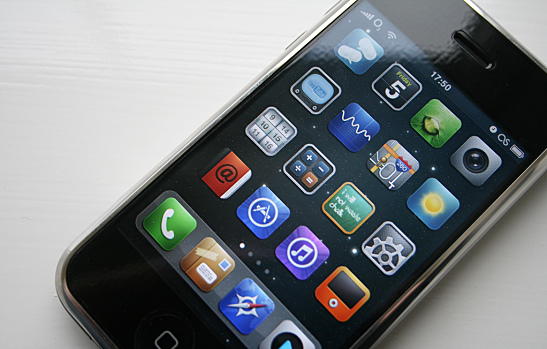Buying a used smartphone is a perfect way to get a great device and avoid committing to a two-year contract or paying hundreds of dollars for a new, off-contract phone. But as with buying anything used, you could end up with a lemon if you’re not careful.
Before you start shopping, make a list of required components or features. Be sure to use a reputable service that allows you time to test the phone and get your money back if it doesn’t work or meet your expectations. Once you get the phone, either in person or in the mail, here are some things to check for.
Visible Defects and Water Damage
Once you get the phone, inspect it visually. Open everything that will open, and take out the battery and SIM card, if present. Most phones have small stickers on the inside designed to change colors if the phone or battery get wet—usually they are white until exposed to water, and then turn pink or red. While iPhones don’t have an accessible battery, they do have liquid contact indicators in other places; check Apple support to see where on a specific model. Research if the phone you’re buying is supposed to include these indicators and check to make sure they are still present and white.
Battery Life
If the battery compartment is accessible, check to make sure the battery is the original and has not been replaced with a cheap knockoff. If you get the phone in the mail, charge it fully as soon as possible and track how long it lasts. The inability to test the battery is possibly the only downside of buying a used smartphone in person; if possible, use the phone for a day before paying to ensure that the battery lasts as long as the seller claims.
SIM Card and Internet
If you use a GSM network like AT&T or T-Mobile, make sure the phone takes a SIM card—many phones sold by CDMA networks like Verizon and Sprint won’t take a SIM card. Check which size SIM card it takes. If it won’t accept your current card, borrow a friend’s so you can test it out.
Once the SIM is in, open a browser and check a website or two. Open an app, just to make sure everything works at an acceptable speed.
Locked to a Network?
One risk of buying a used smartphone is that it could be locked to a different network. Using your own SIM card (or another from your network) allows you to check. If the phone is locked, a notification will pop up with a message along the lines of “Wrong SIM,” and you will not be able to access the Internet or make a call.
With a CDMA phone, the only way to verify that the phone is not locked to another carrier is to take it to a network store or activate your number on it. If meeting the seller in person, activate it before handing over the money.
Phone and Audio Jack
Next, make a phone call and pay attention to the audio quality. Then try it with headphones that contain a microphone to make sure the audio jack functions both for input and output.
The Service Test Code
Most smartphones have codes that can be used to test the system thoroughly. Google the model to find yours, and check out everything it will allow you to do. For example, the Samsung Galaxy code is listed on a developer forum. Using the code will allow you to test virtually every component of the phone easily, including the screen dimmer and color balance, the camera and flash, and all sensors.
With a little preparation and careful inspection, buying a used smartphone can be a safe and cheap alternative to committing to an expensive contract. Have you purchased a used phone before? What was your experience like?
Image courtesy of Flickr
[cf]skyword_tracking_tag[/cf]

